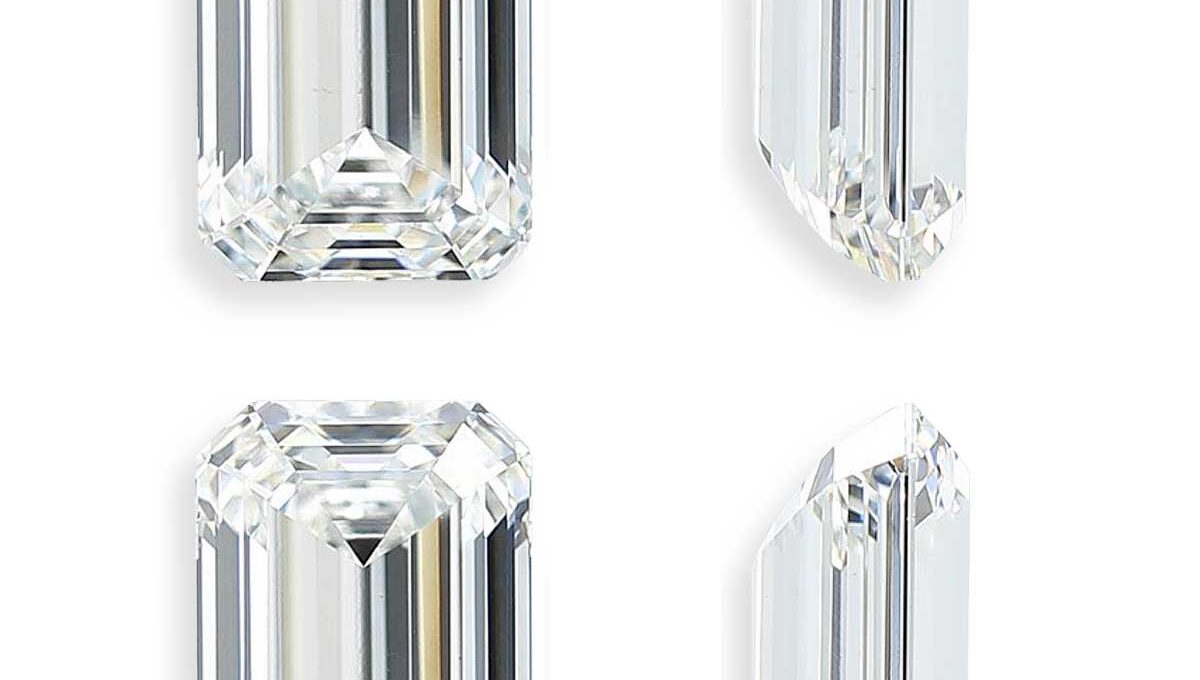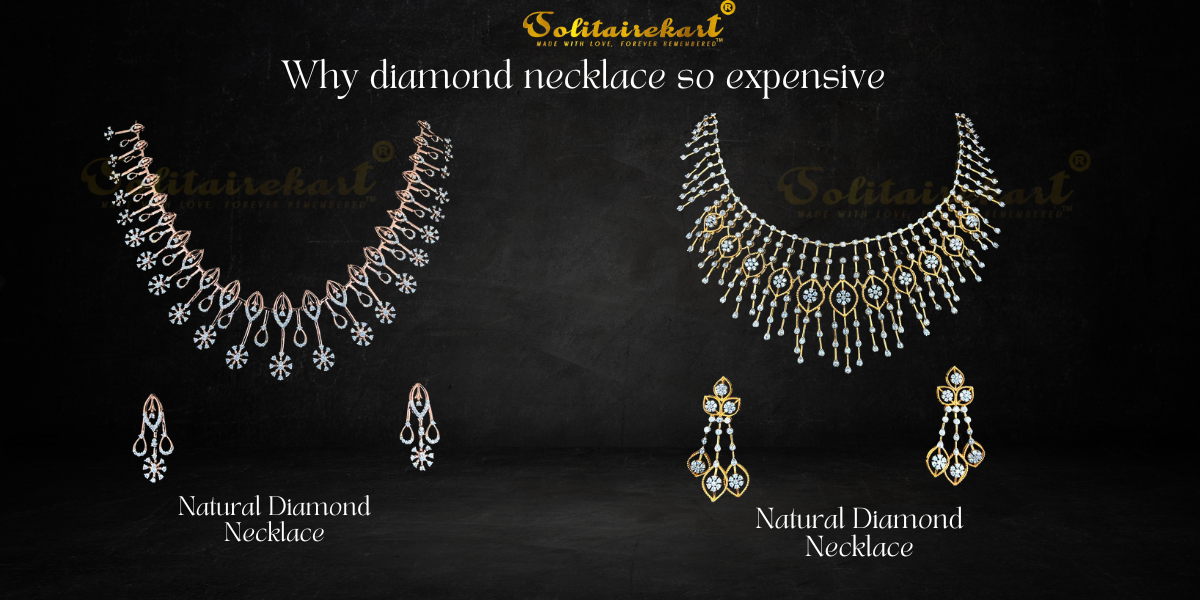

Exploring the Two Types of Lab-Grown Diamonds: HPHT and CVD
Lab-grown diamonds have gained significant popularity as an ethical and sustainable alternative to natural diamonds. These diamonds, created in a controlled environment using advanced technology, offer consumers a range of options that suit their preferences and budget. There are primarily two types of lab-grown diamonds: High Pressure High Temperature (HPHT) and Chemical Vapor Deposition (CVD). In this blog, we will discuss each type in detail and explore their unique characteristics.
1. High Pressure High Temperature (HPHT) Diamonds
HPHT diamonds were the first type of lab-grown diamonds to be commercially produced. The HPHT process involves placing a tiny diamond seed in a high-pressure, high-temperature environment, replicating the conditions found deep within the Earth. This environment allows carbon atoms to build upon the seed, resulting in the growth of a diamond over time.
One characteristic of HPHT diamonds is the presence of color. During the growth process, researchers can introduce specific elements to control and modify the diamond’s color. HPHT diamonds can be found in various colors, including fancy colors such as yellow, blue, and even rare colors like red and green. These vibrant and unique color options are appealing to individuals seeking a personalized and distinct piece of jewelry.
2. Chemical Vapor Deposition (CVD) Diamonds
CVD diamonds are produced using a different method than HPHT diamonds. In this process, a thin slice of diamond seed is placed in a vacuum chamber along with carbon-rich gas such as methane. When high-energy plasma is introduced, the carbon atoms separate and settle on the diamond seed, gradually growing a new diamond layer by layer.
One notable advantage of CVD diamonds is their exceptional clarity. The controlled growth environment of the CVD process allows for the production of diamonds with minimal to no inclusions. This clarity characteristic makes CVD diamonds highly desirable, as they offer breathtaking brilliance and a pristine appearance.
CVD diamonds also allow for greater control over the aspect of shape and size. With the ability to control the growth process more precisely, CVD diamonds can be grown in a wide range of shapes, from traditional round brilliants to fancy shapes such as princess, emerald, or cushion cuts. This versatility gives consumers more options to find the perfect diamond for their jewelry preferences.
The Beauty and Versatility of Lab-Grown Diamonds
Both HPHT and CVD lab-grown diamonds offer unique characteristics that make them compelling choices for consumers seeking sustainable and ethical alternatives to natural diamonds. HPHT diamonds showcase an array of vibrant colors, allowing for personalized and visually captivating jewelry pieces. CVD diamonds, on the other hand, excel in clarity and offer a wide variety of shape options, providing versatility to match any style or design preference.
Whether you opt for the vibrant brilliance of an HPHT diamond or the exceptional clarity and versatility of a CVD diamond, lab-grown diamonds provide a stunning and ethical choice that upholds the beauty and elegance associated with traditional diamond jewelry. Explore the world of lab-grown diamonds and discover the perfect gem to express your individuality and values.


